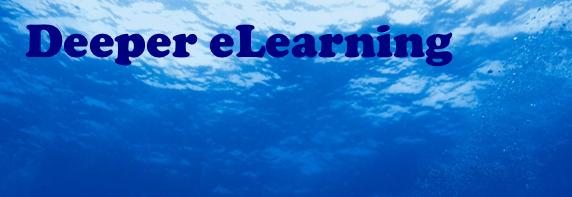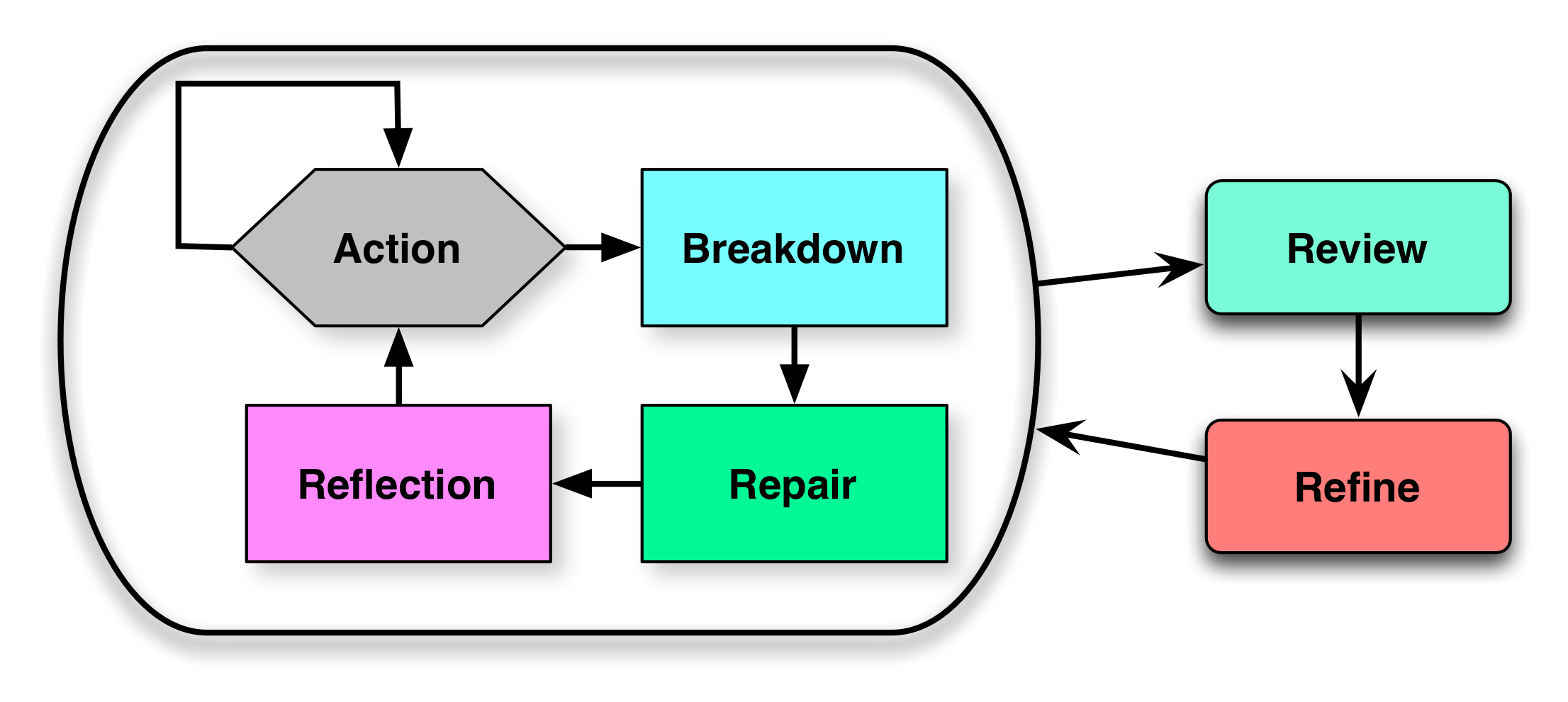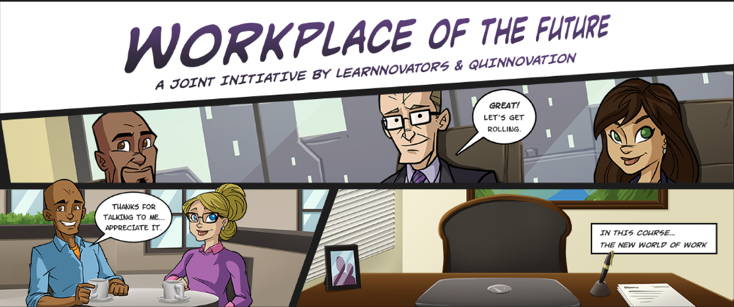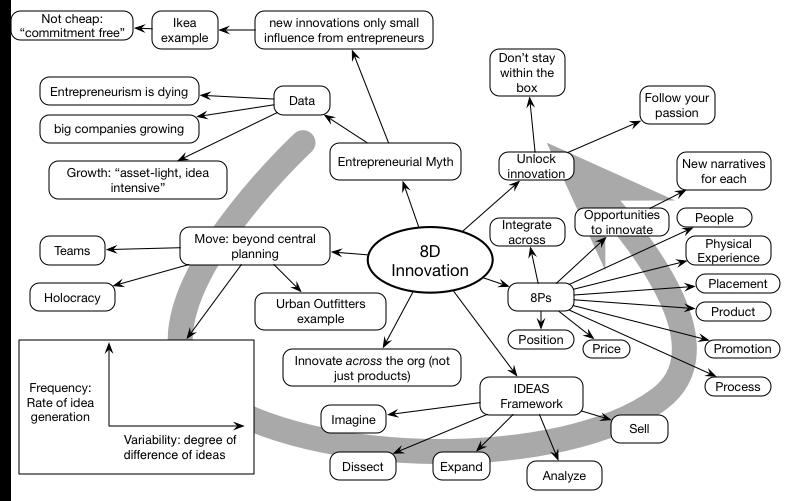When I wrote the L&D Revolution book, I created a chart that documented the different stages that L&D could go through on the way. I look at it again, and I see that I got (at least) one thing slightly off, as I talked about content and it’s more, it’s about integration and infrastructure. And I reckon I should share my thinking, then and now.
The premise of the chart was that there are stages of maturity across the major categories of areas L&D should be aware of. The categories were Culture, Formal Learning, Performance Support, eCommunity, Metrics, and Infrastructure. And for each of those, I had two subcategories. And I mapped each at four stages of maturity.
Let me be clear, these were made up. I stuck to consistency in having two sub areas, and mapping to four stages of maturity. I don’t think I was wrong, but this was an effort to raise awareness rather than be definitive. That said, I believed then and still now that the chart I created was roughly right. With one caveat.
 In the area of infrastructure, I focused largely on two sub categories, content models and semantics. I’ve been big on the ways that content could be used, from early work I did on content models that led to flexible delivery in an adaptive learning system, a context-sensitive performance support system, and a flexible content publishing system. I’ve subsequently written about content in a variety of places, attended an intelligent content conference, and have been generally advocating it’s time to do content like the big boys (read: web marketers). And I think these areas are necessary, but not sufficient.
In the area of infrastructure, I focused largely on two sub categories, content models and semantics. I’ve been big on the ways that content could be used, from early work I did on content models that led to flexible delivery in an adaptive learning system, a context-sensitive performance support system, and a flexible content publishing system. I’ve subsequently written about content in a variety of places, attended an intelligent content conference, and have been generally advocating it’s time to do content like the big boys (read: web marketers). And I think these areas are necessary, but not sufficient.
 I realize, as I review the chart for my upcoming strategy workshop at DevLearn, that I focused too narrowly. Infrastructure is really about the technical sophistication (which includes content models & semantics, but also tracking and analytics) and integration of elements to create a true ecosystem. So there’s more to the picture than just the content models and semantics. Really, we want to be moving on both the sophistication of the model, and the technical underpinnings of the model.
I realize, as I review the chart for my upcoming strategy workshop at DevLearn, that I focused too narrowly. Infrastructure is really about the technical sophistication (which includes content models & semantics, but also tracking and analytics) and integration of elements to create a true ecosystem. So there’s more to the picture than just the content models and semantics. Really, we want to be moving on both the sophistication of the model, and the technical underpinnings of the model.
We’ll be discussing this more in Las Vegas in November. And if you’re interested in beginning to offer a richer picture of learning and move L&D to be a strategic contributor to the organization, this is the chance for a jump-start!



